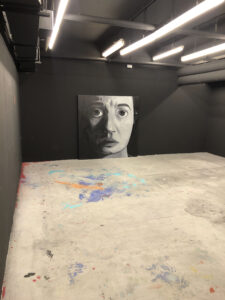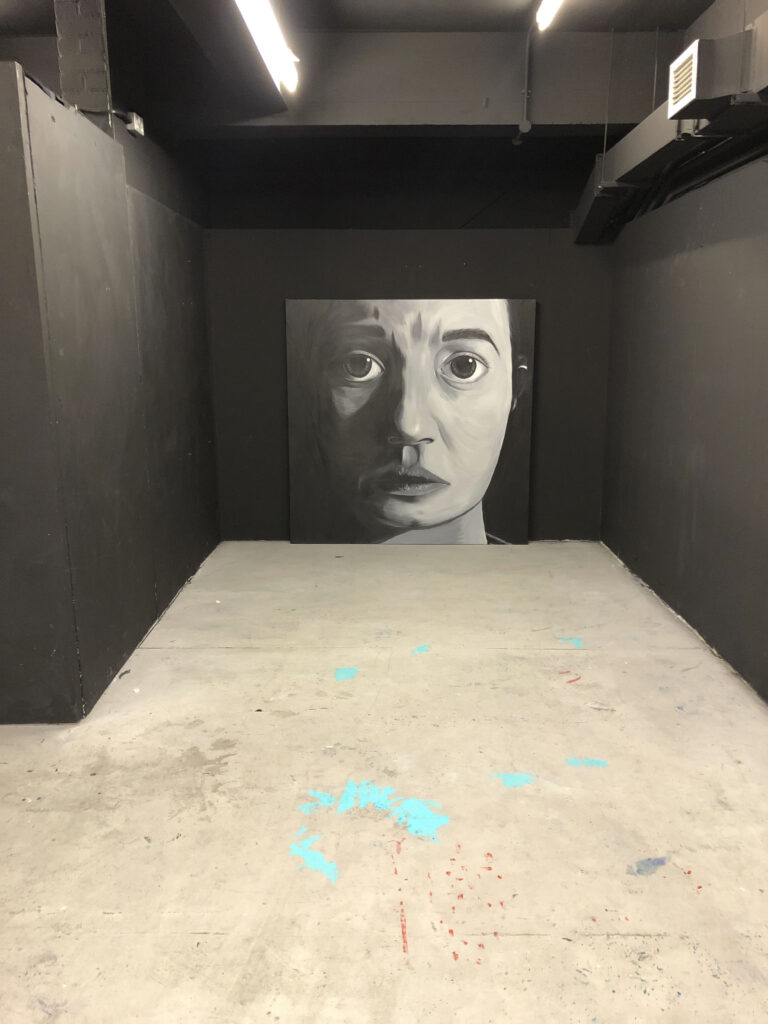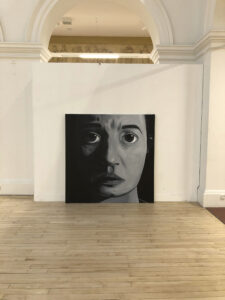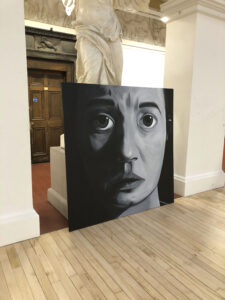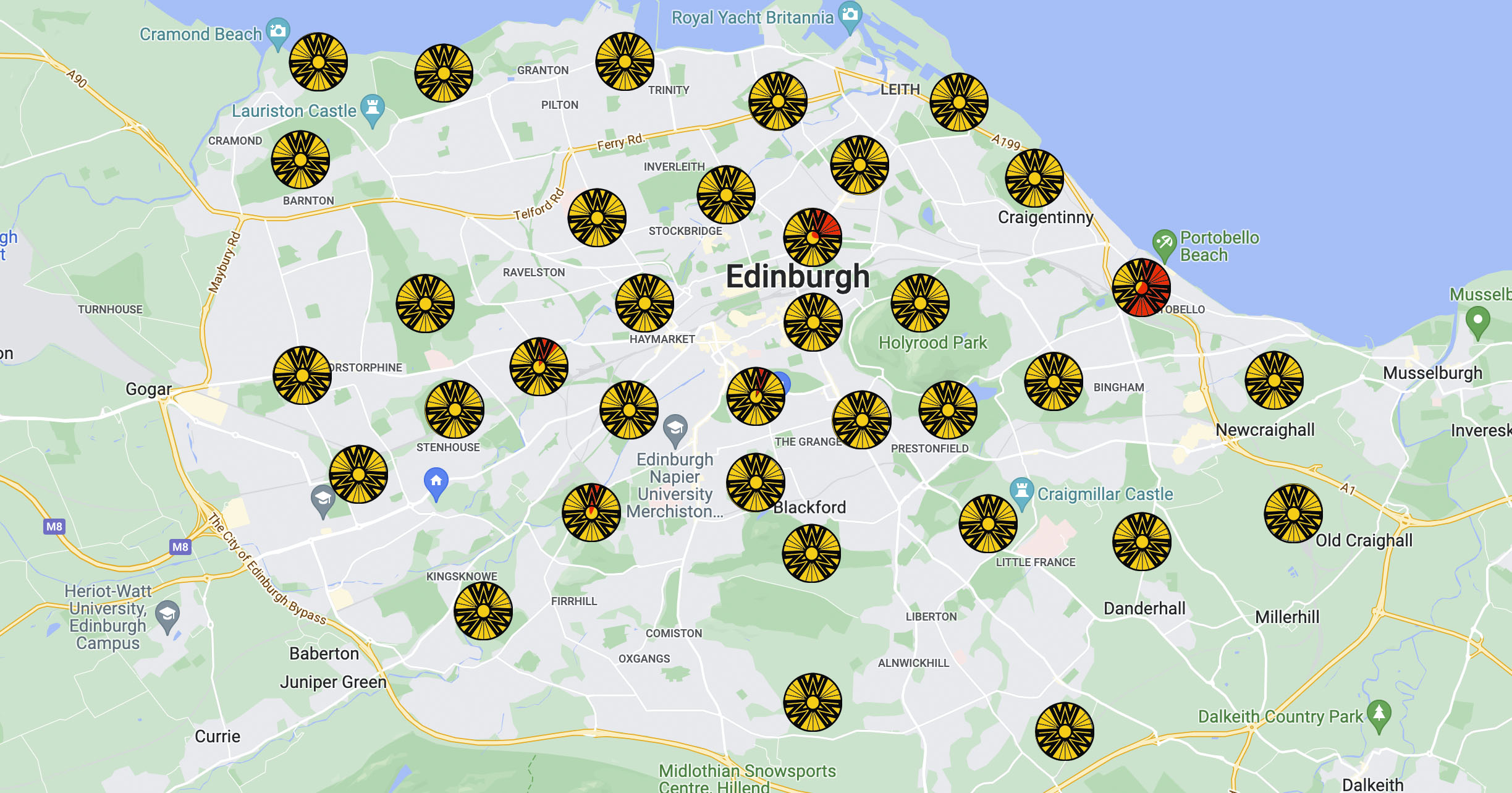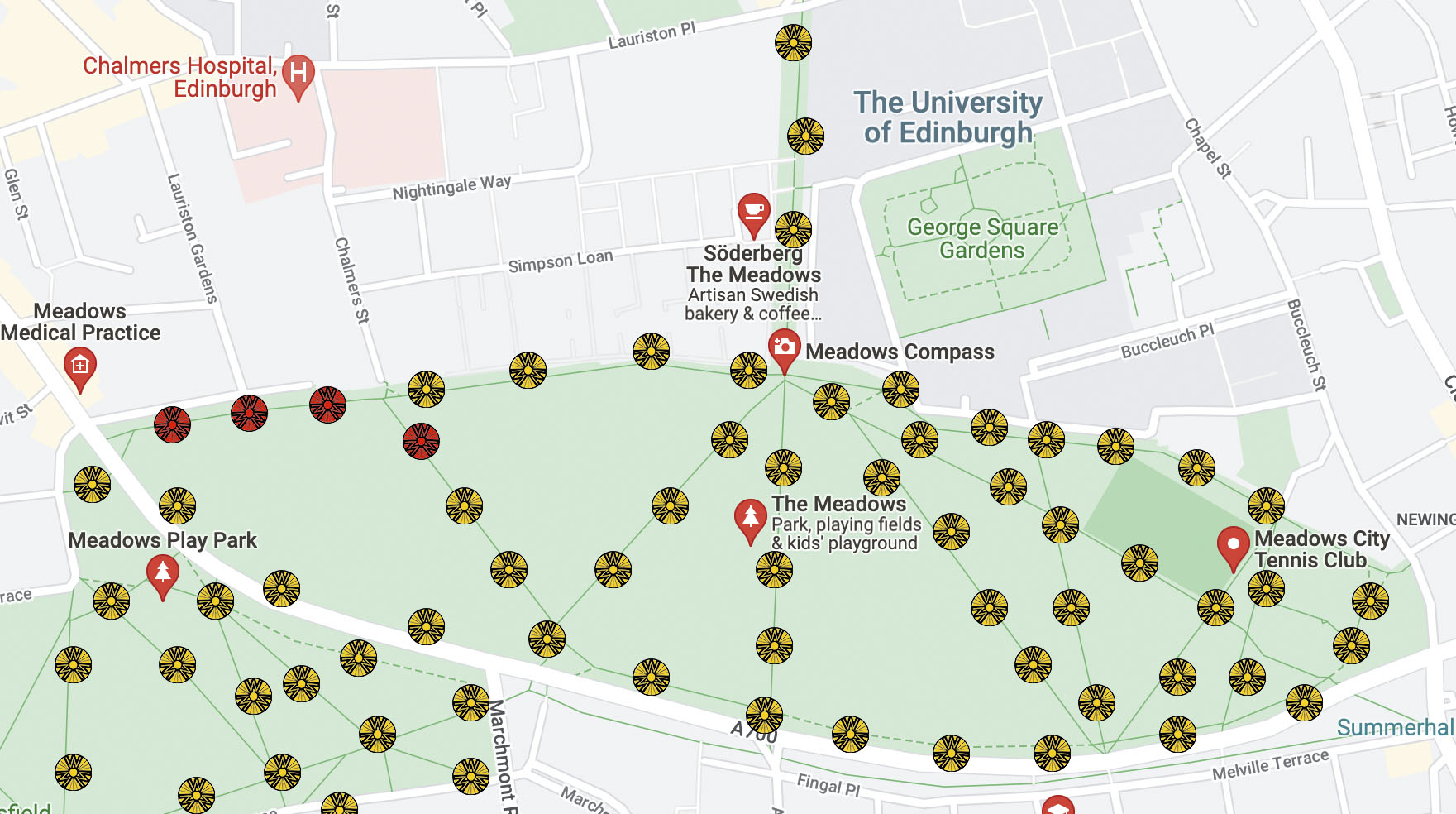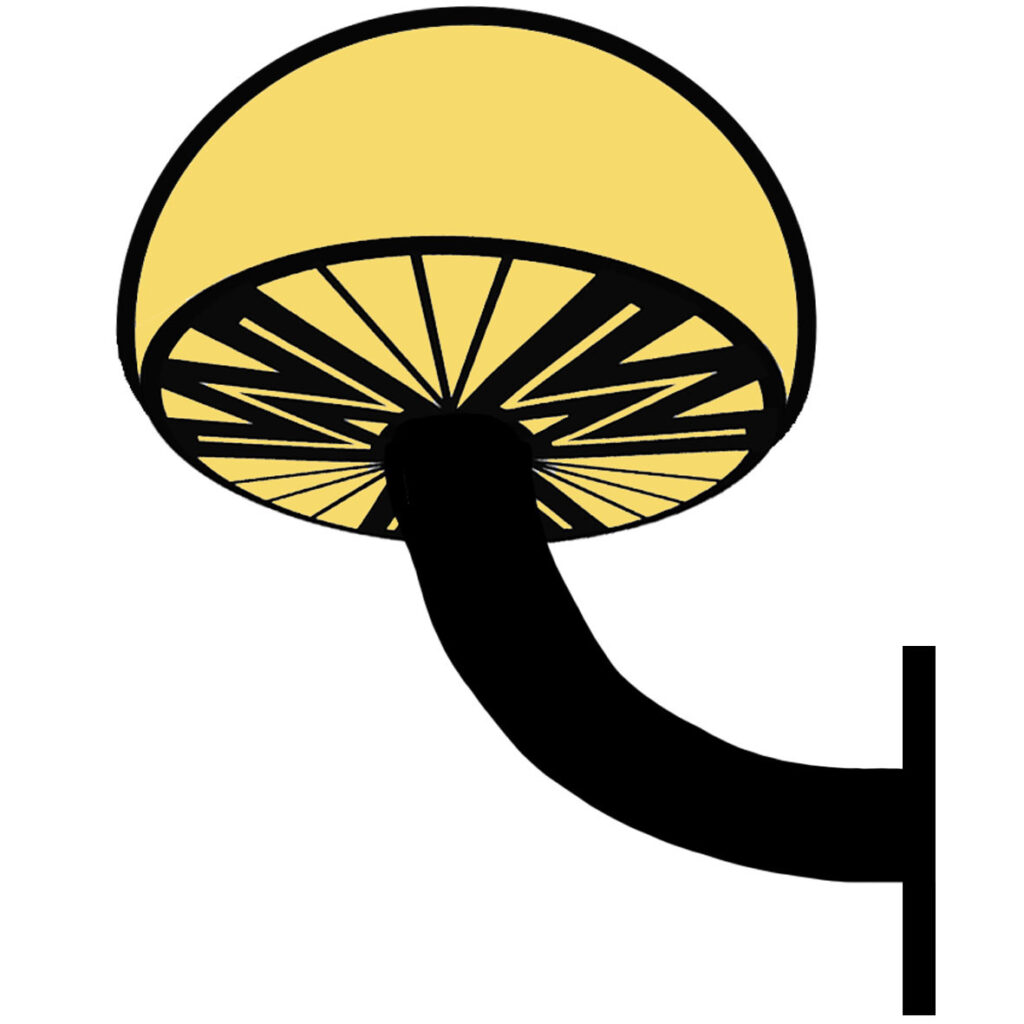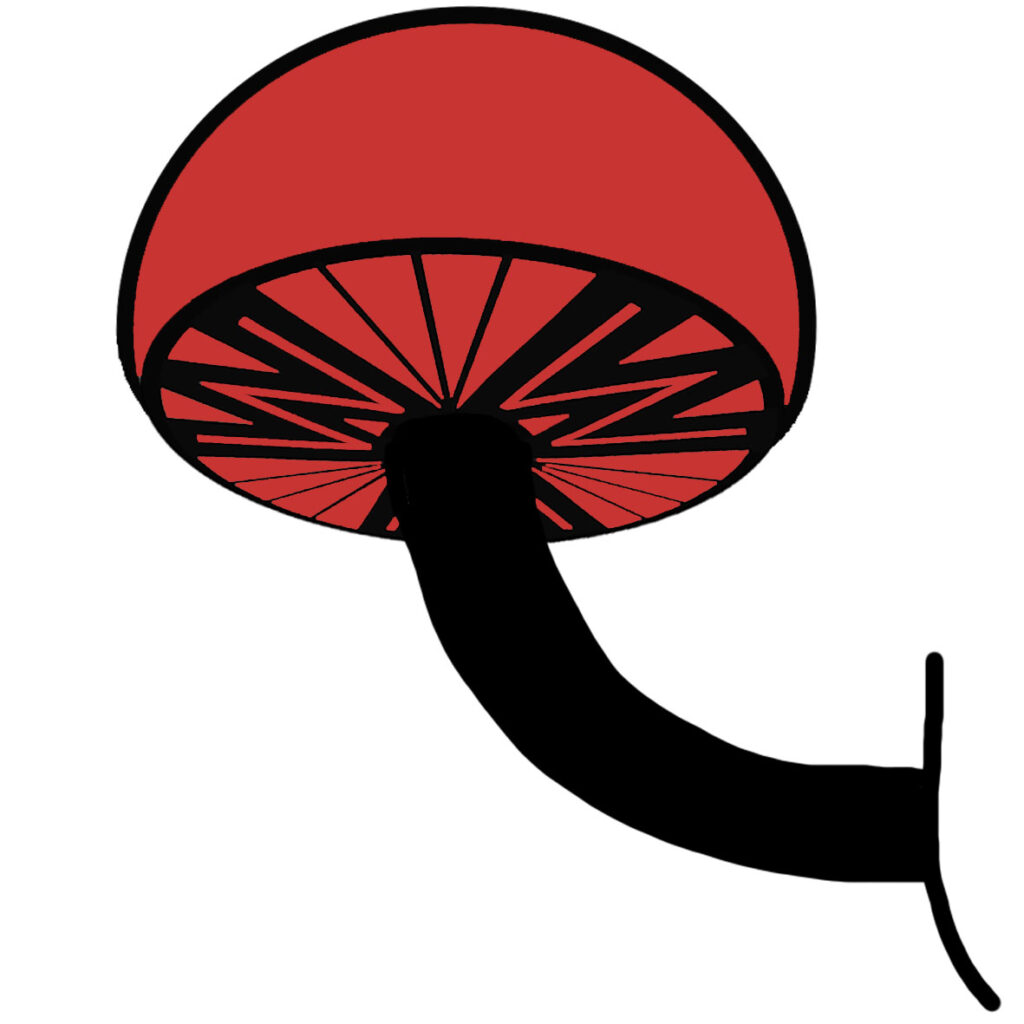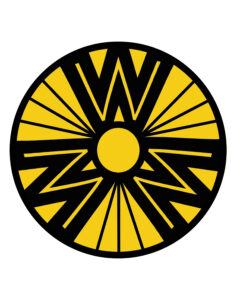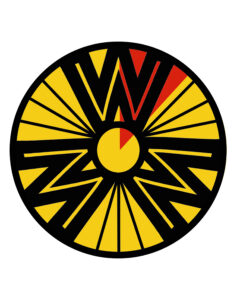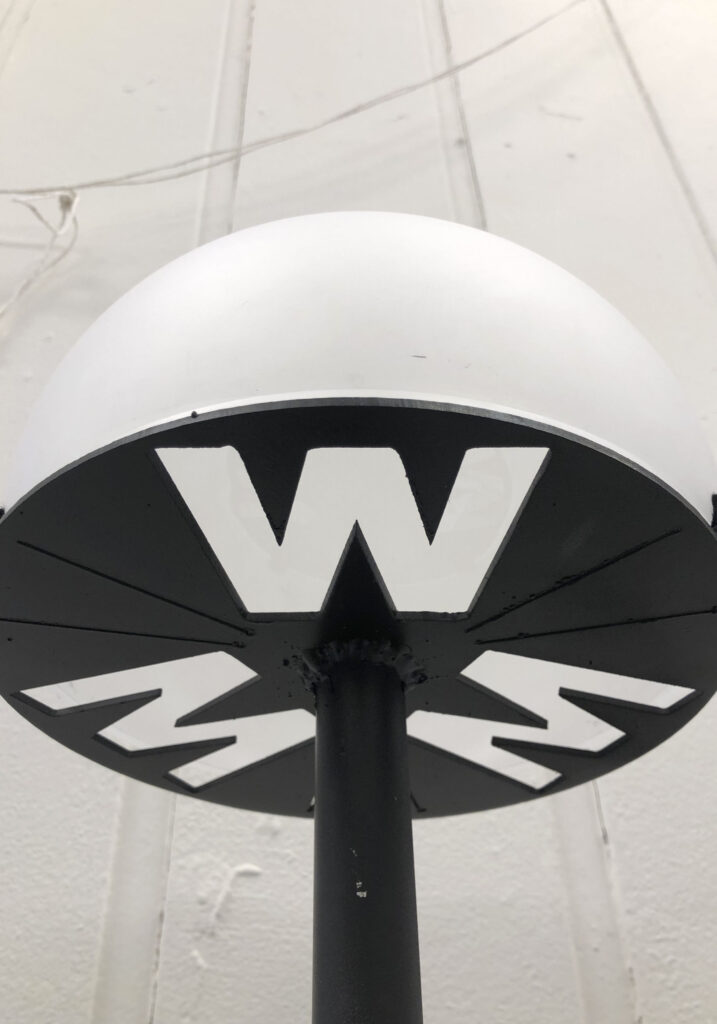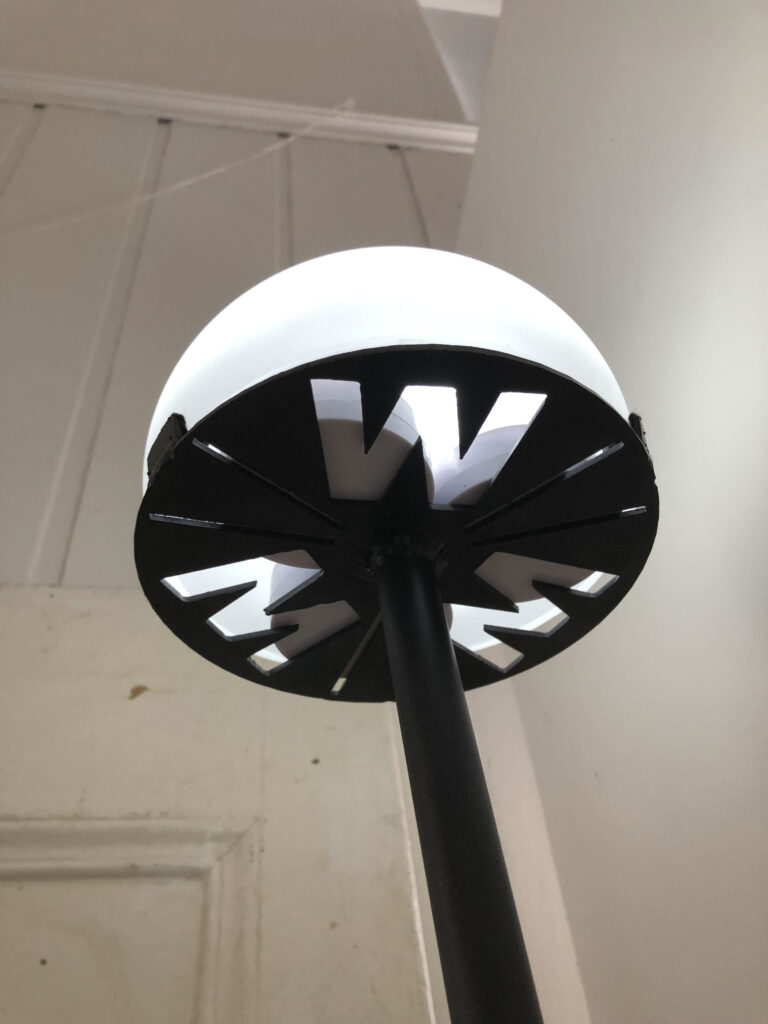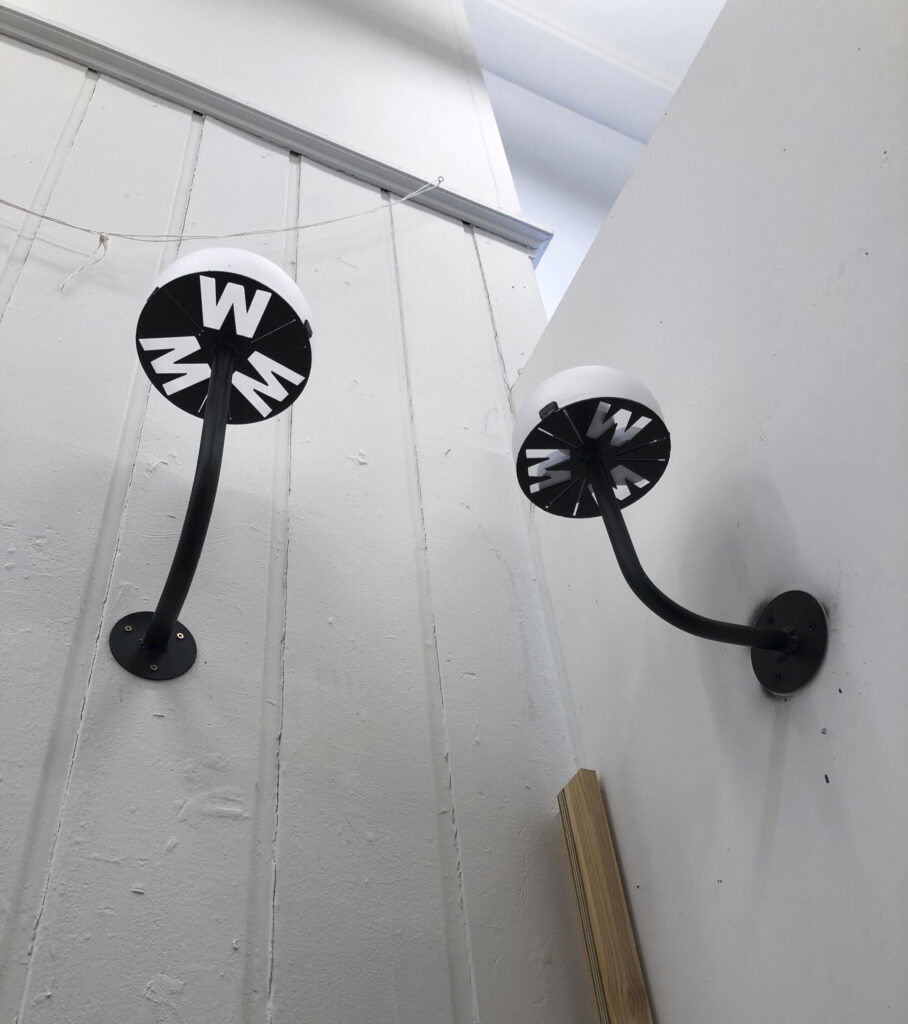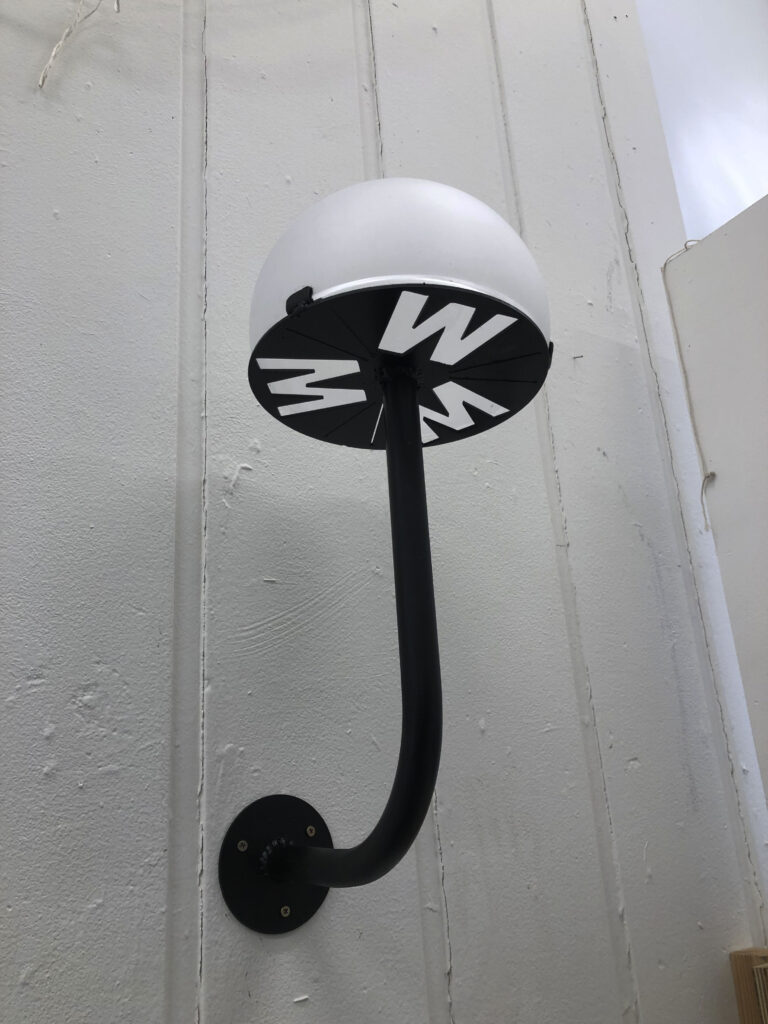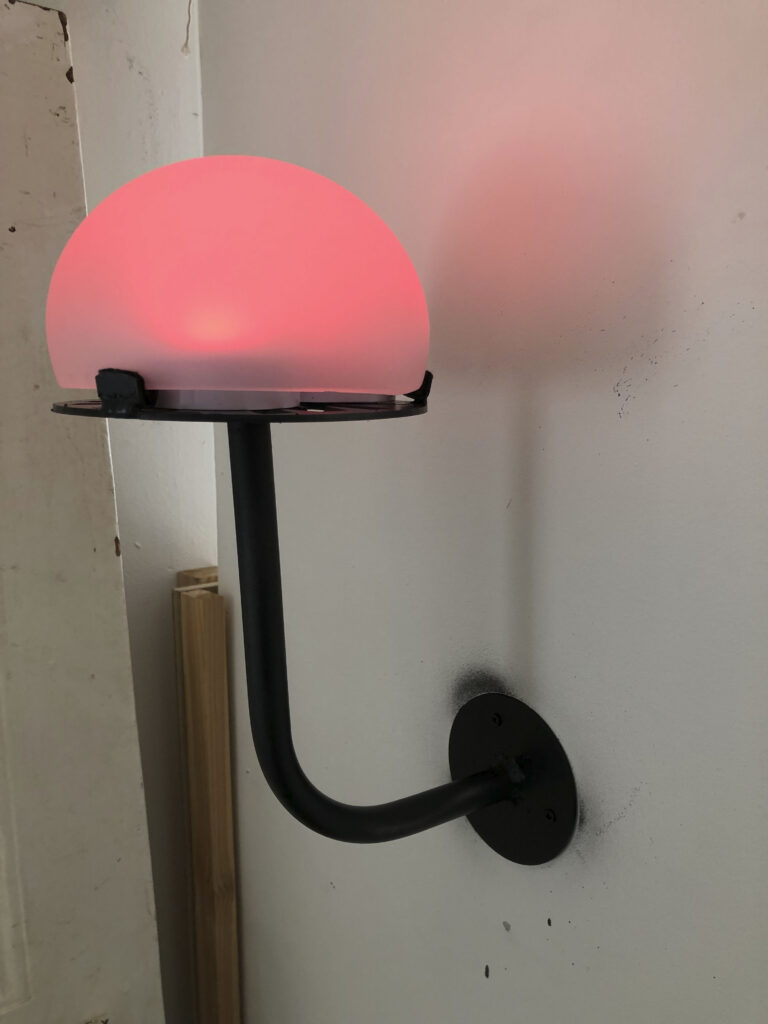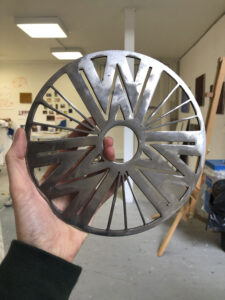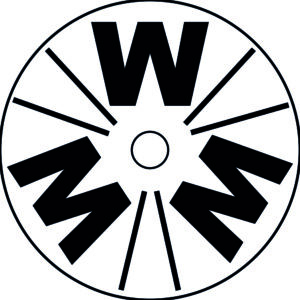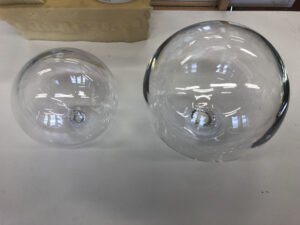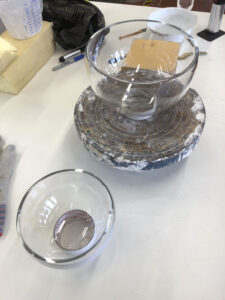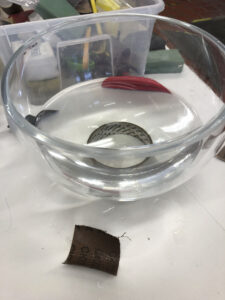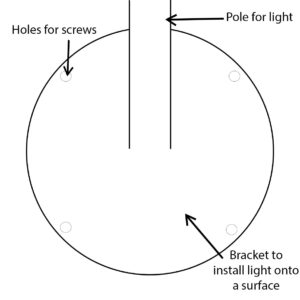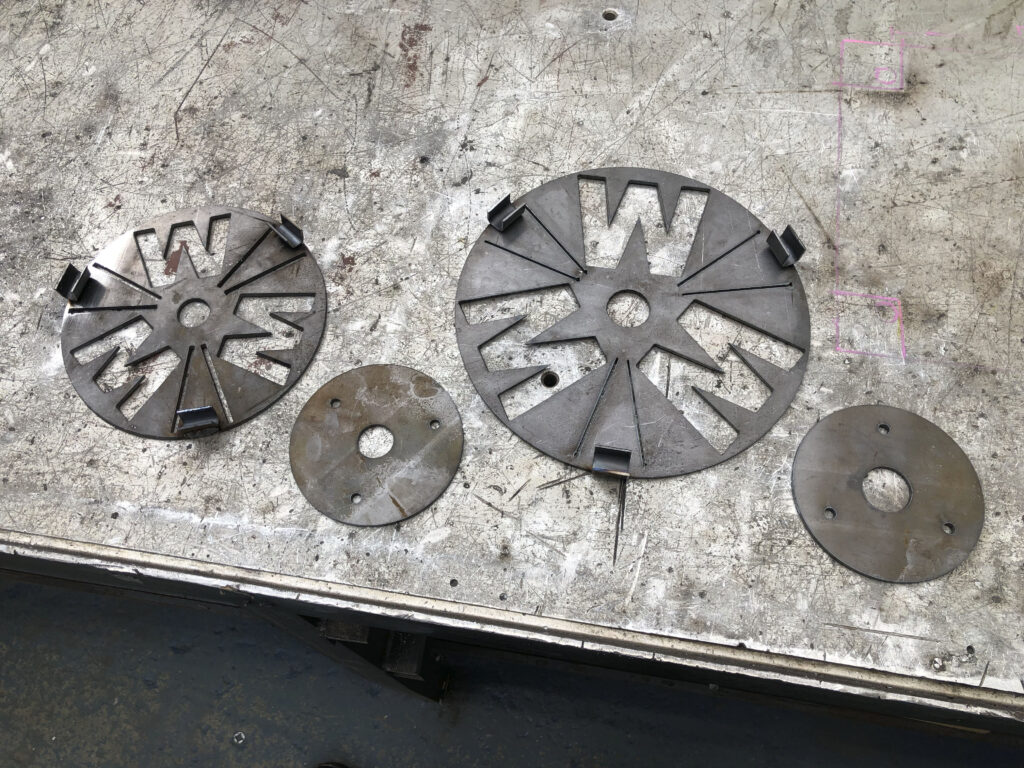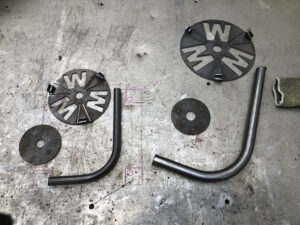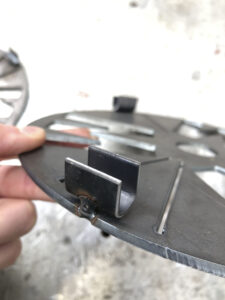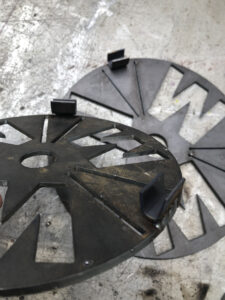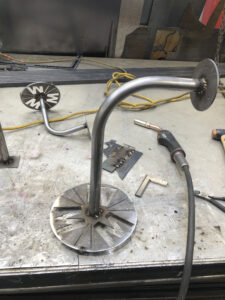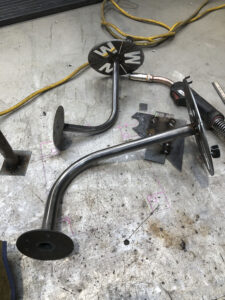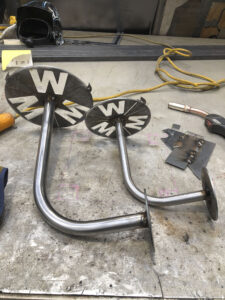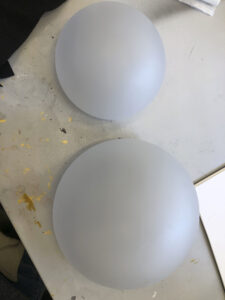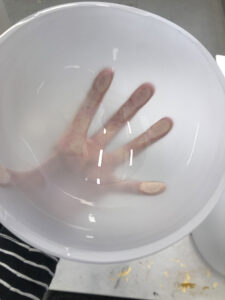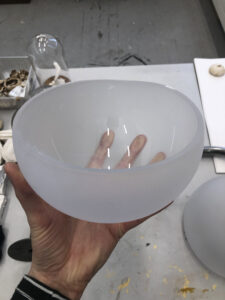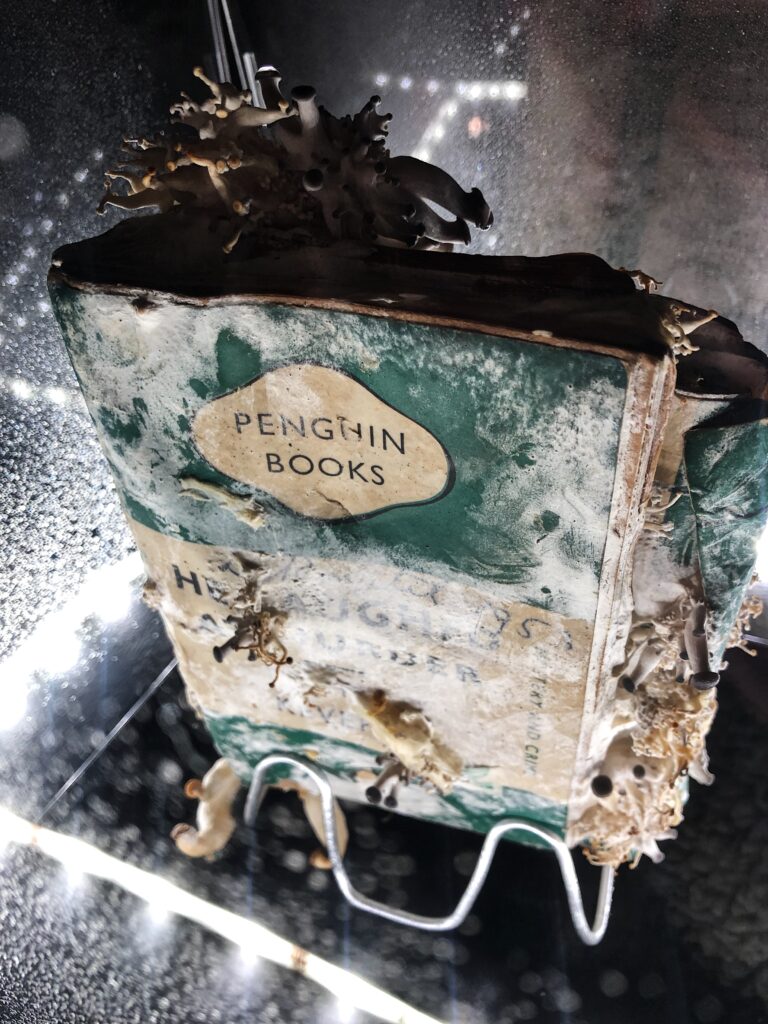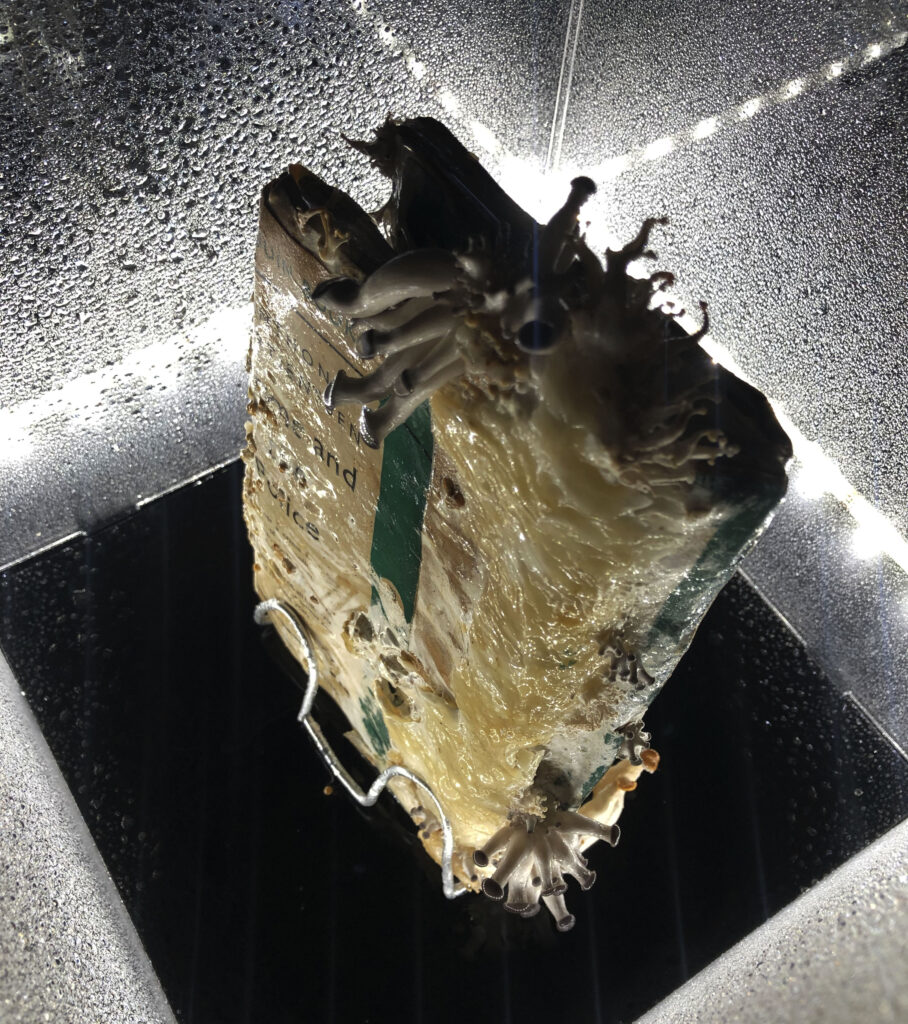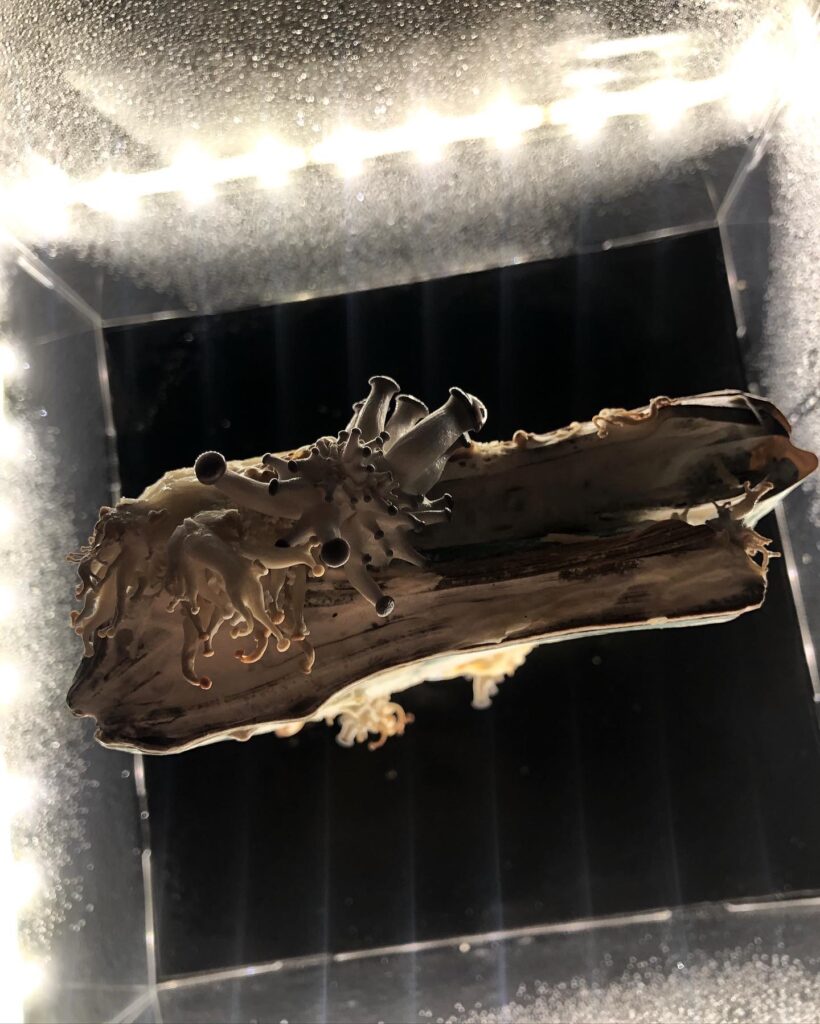For the embassy install, I displayed the books in a stand within a perspex case. This was placed on a black plinth, lit by LED lights that sat behind the lip of the plinth:
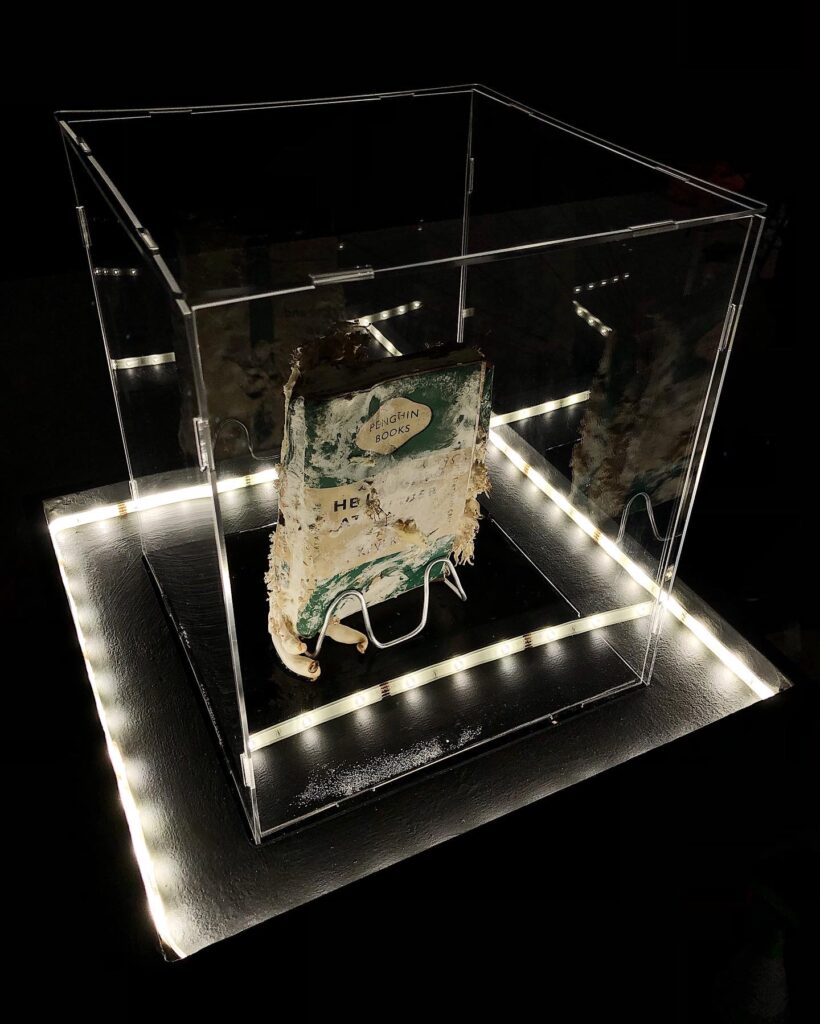
Overall, I was very pleased with my final install. I felt that it looked clean and professional and they were well lit. As I placed the plinth away from the wall, viewers could see the books from all angles which worked well seeing as the mushrooms were growing from various points.
I was worried, as the mushrooms require being sprayed with water daily, and I felt that this would distort the view. However I feel that it actually added to the mystery of what was inside the case. People were quite nervous to get close to them, fearing they might have toxic spores and be bad to inhale. I found this quite amusing, and I feel like it tied in with my concept of the Met Police. Viewers felt nervous and unsure, afraid to approach – which is how many people feel towards police themselves.
I do feel that there are things that I would do differently if I were to display a similar install. I would change the lights, as they were too bright and cause problems with reflection on the perspex. I would either light it from above – similar to an interrogation light, playing into the concept further. I would also use a glass box, as the perspex warped over time making it look unkempt and messy. Also a glass cabinet would be a good option, yet I found these to be very expensive and hard to transport.
Ultimately I was very proud of the outcome. It was a new venture, and a very risky one, as I didn’t know if the mushrooms would grow or not. They also flourished in the dark, cool Embassy gallery and grew a lot during the show which was amazing. I have more ideas to work with mushrooms, growing them on newspapers, more books etc.


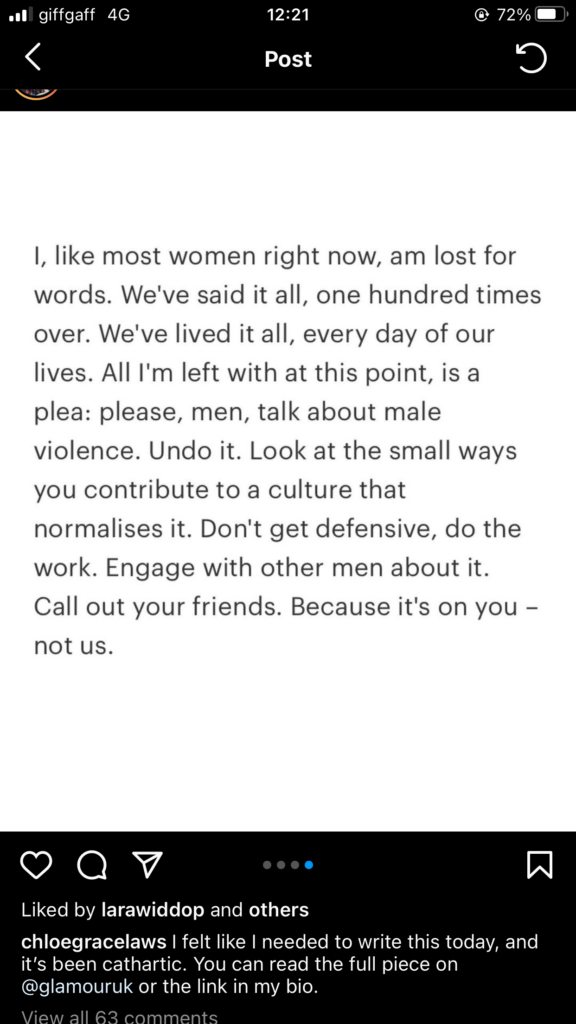
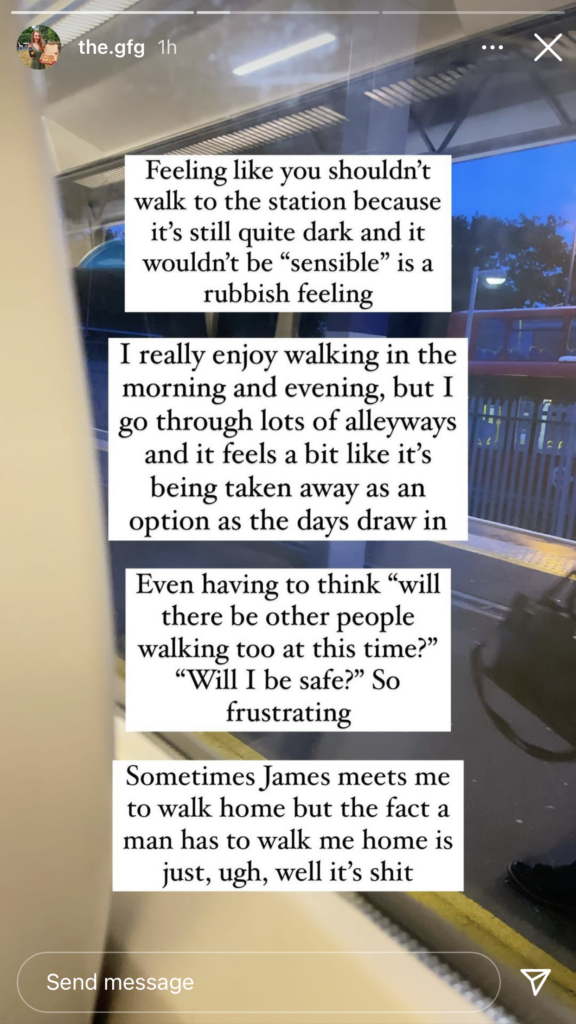

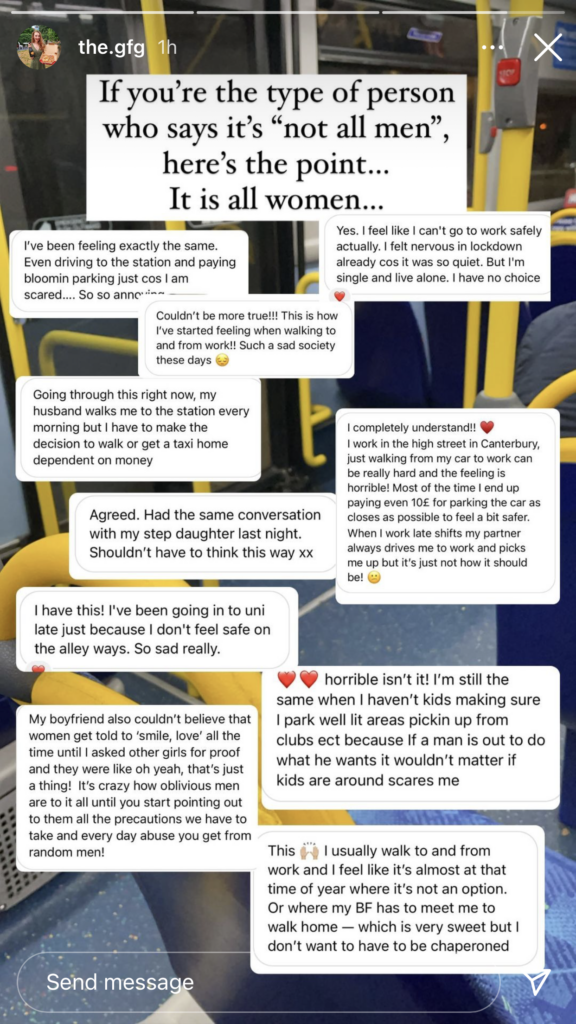

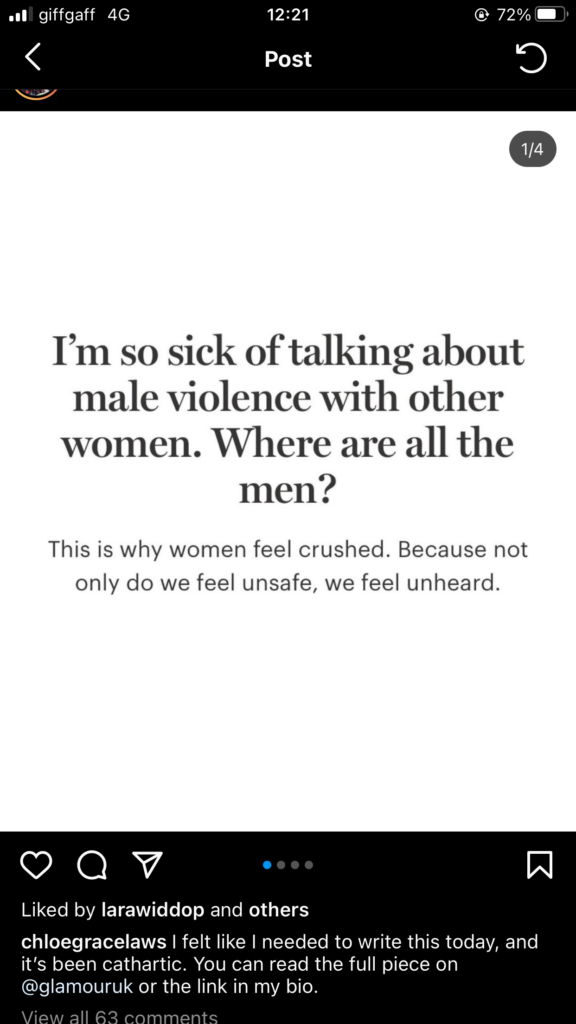
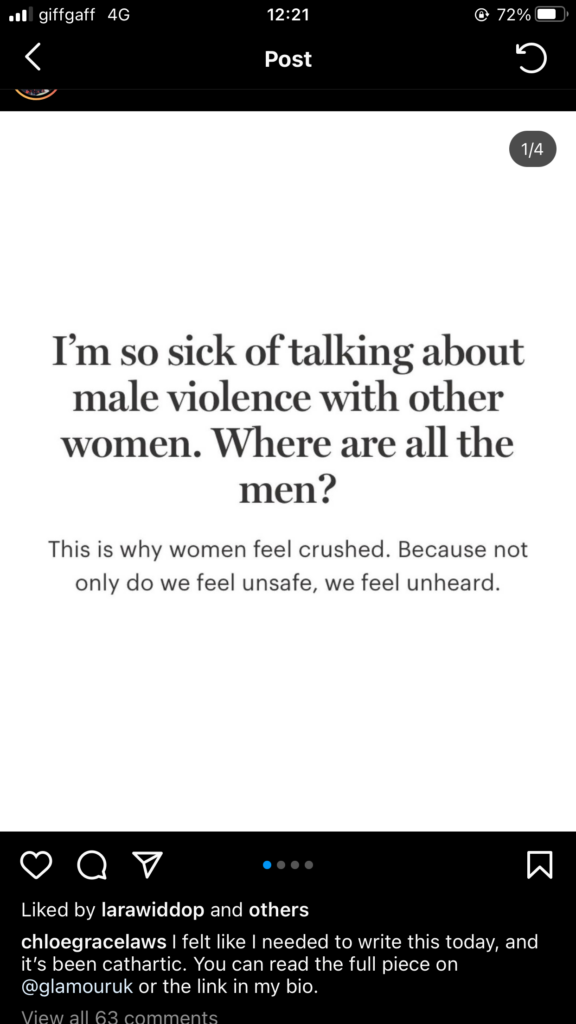
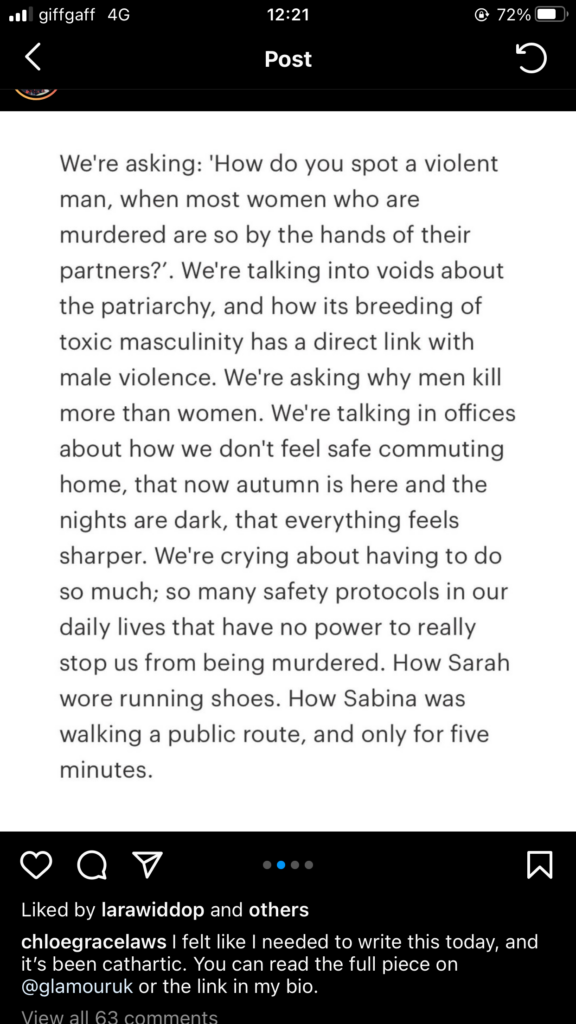

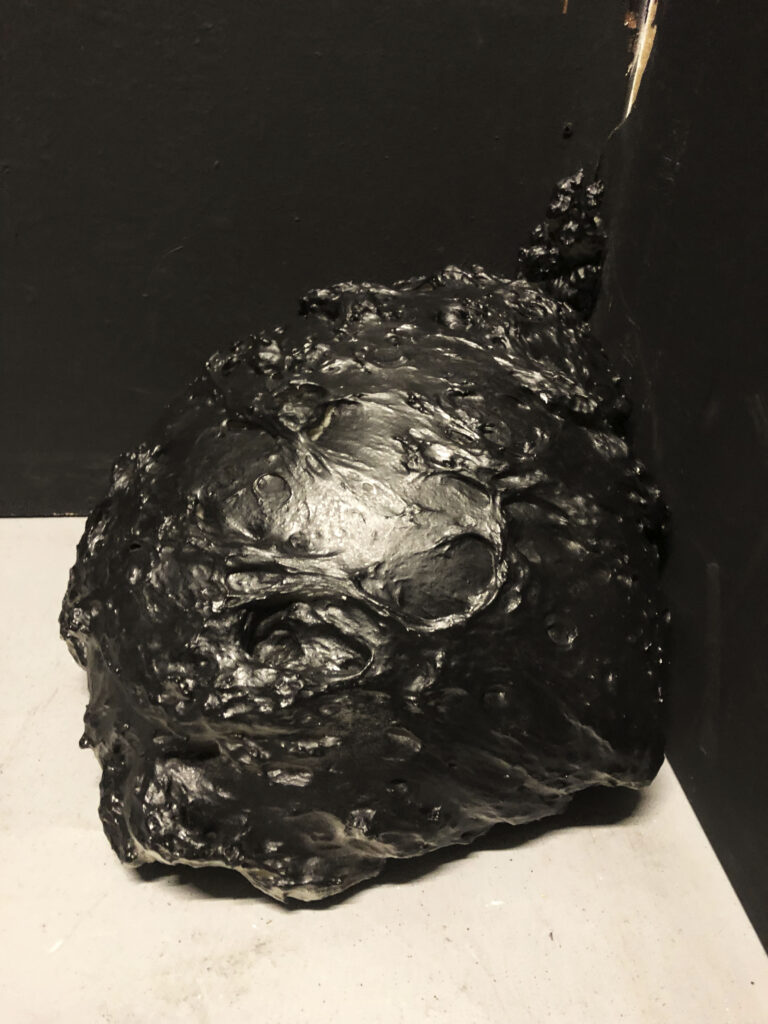
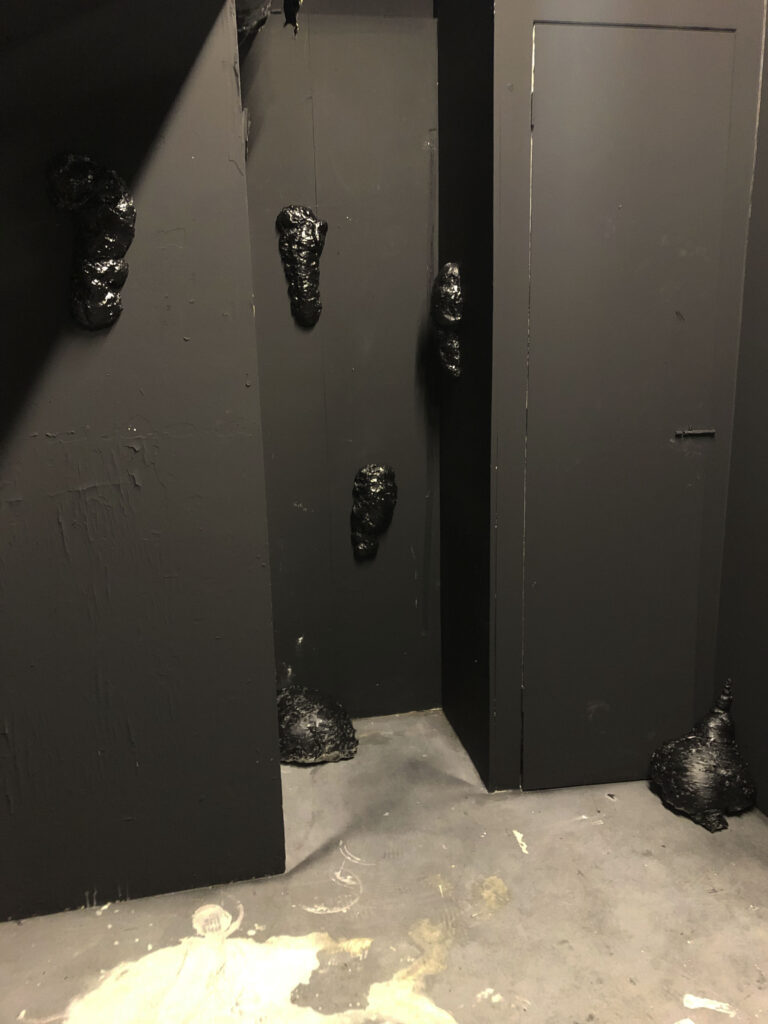
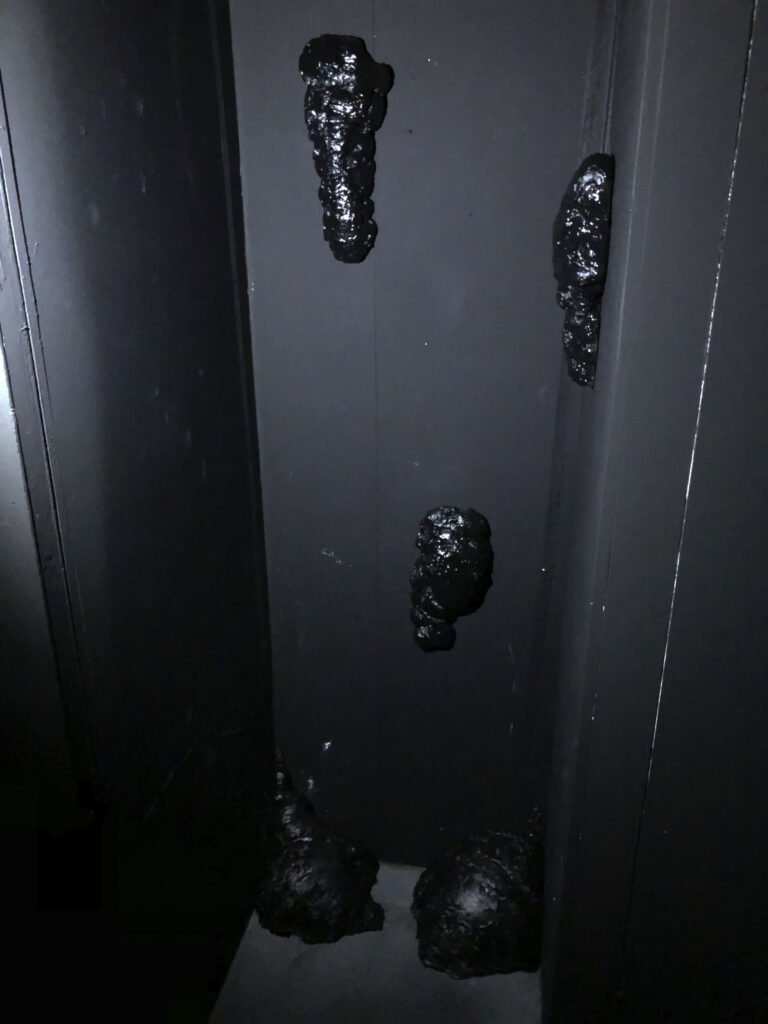
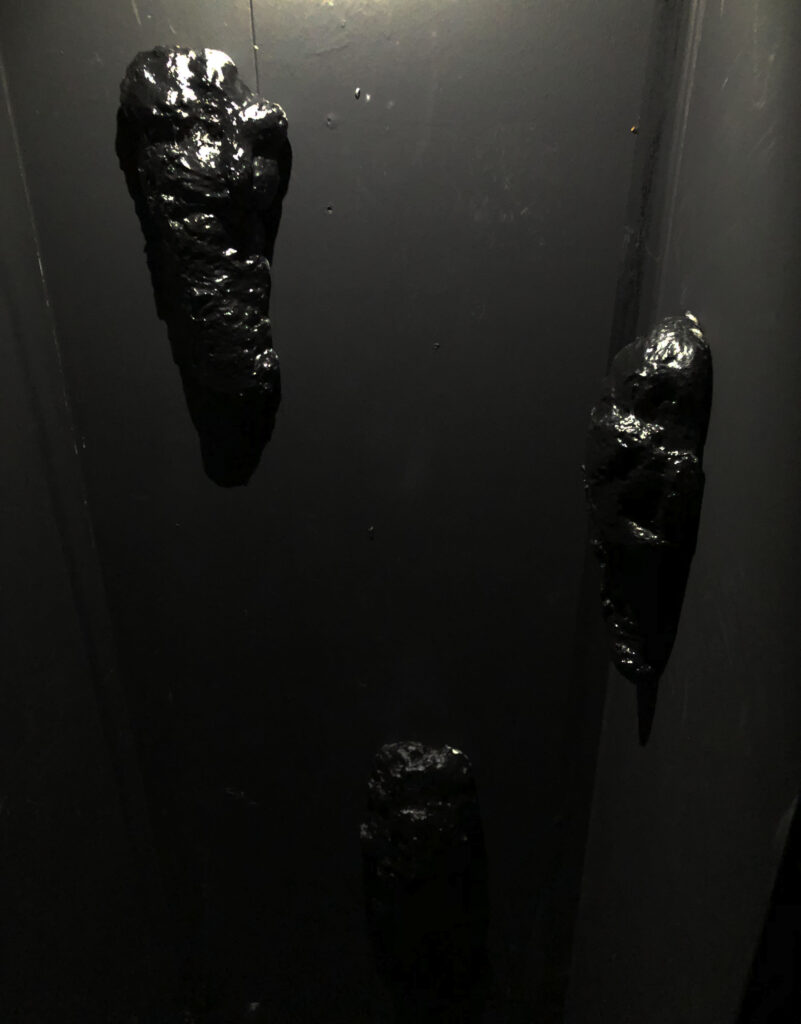
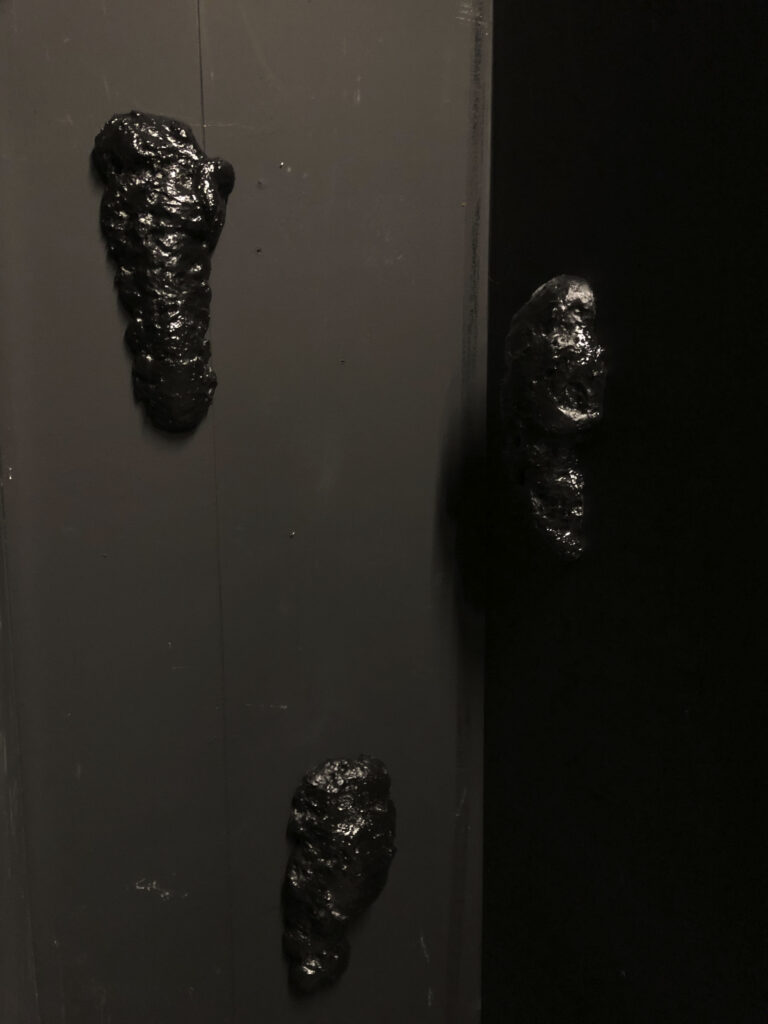

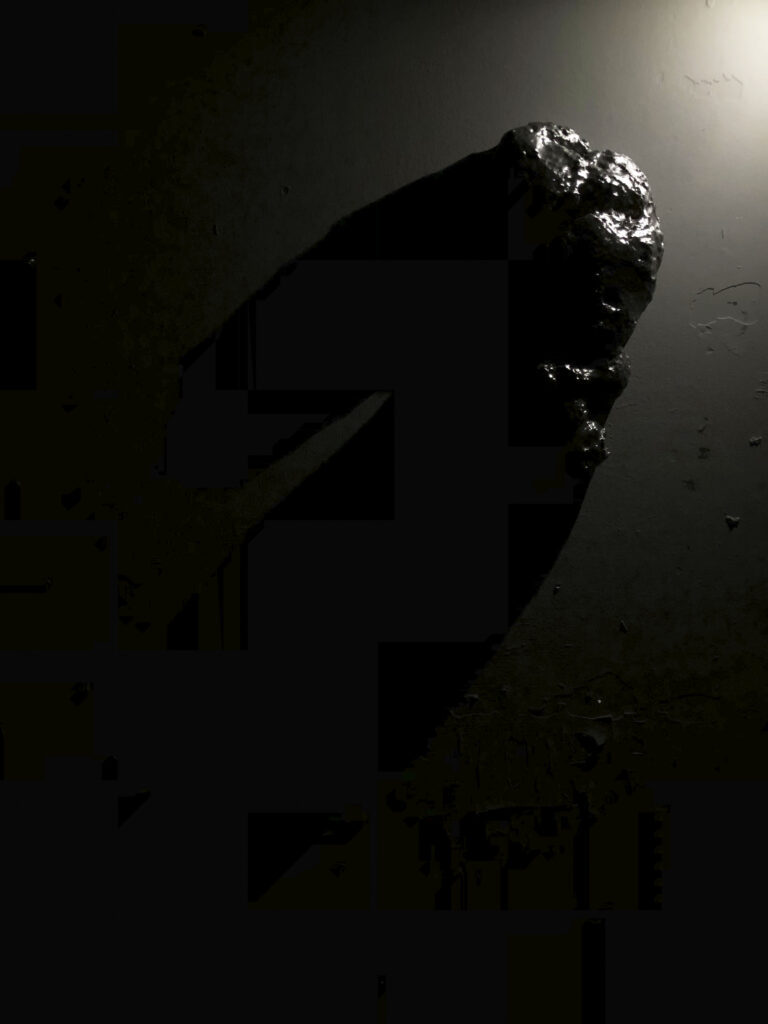
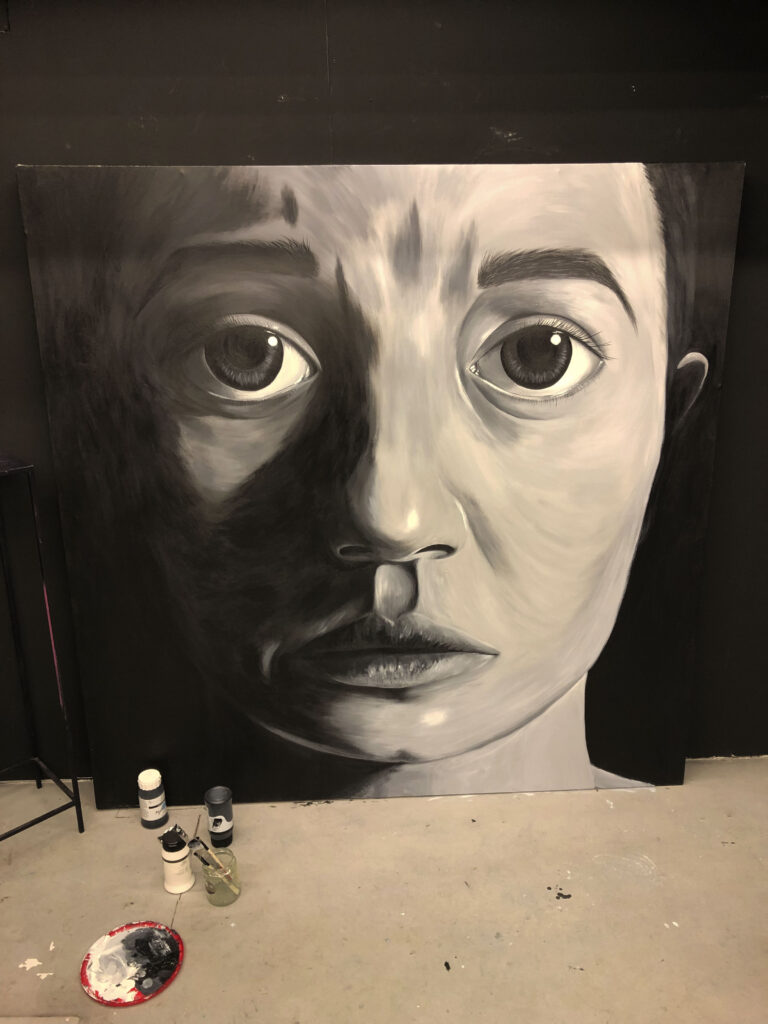
 .
. 